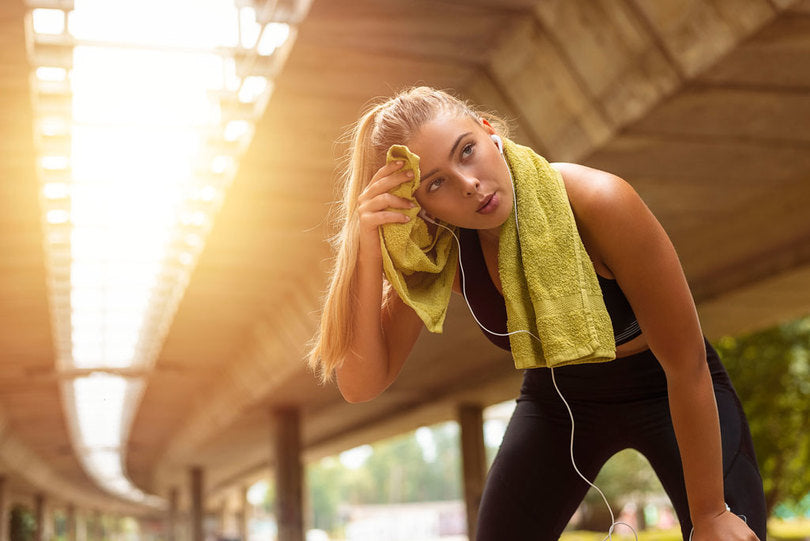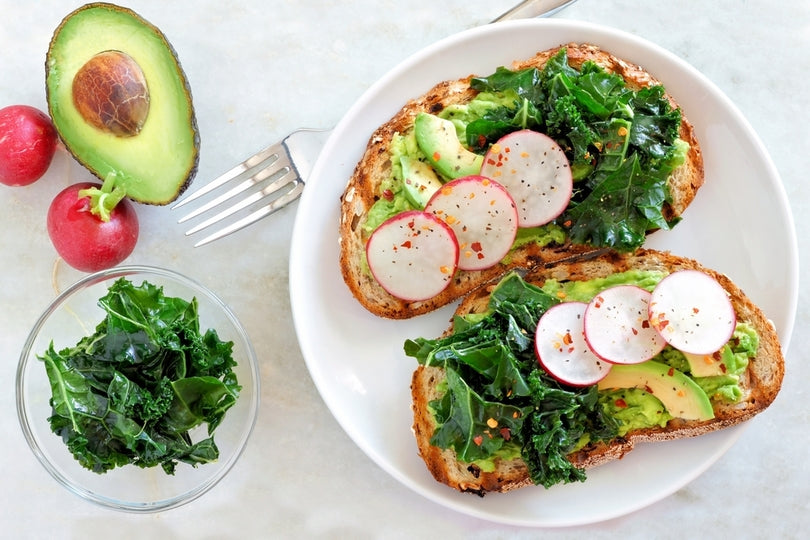Three Ways to Cook Vegetables Compared


As we know, vegetables are great for our bodies because they are rich in vitamins, minerals, antioxidants and fibre. However, it is important to remember that certain cooking methods can be better for your veggies than others. It is also important to remember that no one way of cooking is perfect, as each method has its own advantages and disadvantages.
Different ways to cook vegetables
Here are three of the most common ways to cook vegetables, along with some of the advantages and disadvantages of each.
Boiling
Boiling vegetables has been a popular method for a very long time, but I also think that’s how vegetables such as brussel sprouts ended up with such a bad reputation!
However, boiling can cause them to lose some of their nutrients, particularly water soluble vitamins (vitamins B and C). These vitamins are quite unstable when exposed to high temperatures and will sometimes leach out into the cooking water, which is the part that we generally tip down the sink! There have been several studies that have shown that boiling causes the biggest loss of Vitamin C when compared to other cooking methods.
The amount of nutrients lost in cooking can also be affected by how long the veggies are cooked for. Generally speaking, the longer they are cooked in water, the greater the amount of nutrients lost. Not to mention they are probably going to taste a little soggy! If you do need to boil your vegetables, try and use as little water as possible as you do not need a whole saucepan filled with water just to cook a few green beans!
You should also avoid over boiling as that is a common way to decrease the nutrients of your vegetables, so be mindful of how long you are cooking them for. To get tastier more nutrient-rich (boiled) vegetables, I recommend separating them into vegetable categories and only allowing them to boil for a few minutes each before taking them off of the heat.
Steaming
Steaming is another popular way to cook your vegetables, it can be done by using a steamer basket or a double boiler. The good thing about it, is that in comparison to boiling steam is used to cook the vegetables, rather than the water itself.
Research shows that steaming generally results in the least amount of nutrient (particularly vitamin C) loss than all other cooking methods. However, like boiling, the amount of nutrients lost can be increased when they are overcooked. To avoid this, steam your vegetables until they are bright and “tender crisp” (cooked, but still have a small amount of crunch).
Frying
Frying has gotten a pretty bad rap in recent times. One positive aspect of frying is that you are not submerging them in water for long periods of time, which can cause your vegetables to be depleted of certain nutrients. However, with frying it is really important to understand the different ways that you could fry. Deep frying your vegetables in unhealthy oil may not necessarily be the healthiest option because it can dramatically increase the fat and calorie content, especially because these foods are generally coated in breadcrumbs or batter.
Research has shown that frying may help to maintain the nutrient content of some vegetables because it doesn’t expose them to high heat for long periods of time. Frying your vegetables with a small amount of oil can be great way to add flavour to your veggies, especially when you add herbs and spices to the mix! Just remember to to use an oil that has a high smoke point.
Microwaving
Microwaving is another super popular method of cooking vegetables because it is both quick and convenient. As I mentioned earlier, submerging vegetables in a lot of water and cooking them for long periods of time may cause a ton of nutrient loss. With microwaving, you generally use less water and cook your vegetables for much less time. In saying that, the process of microwaving works very differently to other cooking methods. When you steam or fry your food it transfers the heat from outside in, but a microwave causes water within the food to vibrate, causing it to heat up. This process may cause nutrients, particularly water-soluble vitamins and antioxidants, to be lost.
If you are cooking your veggies in a microwave, it is best to use glass or microwave-safe plastic bowls. You can also add a little water and cover with a microwave safe lid to help create more of a steaming effect, which may help to preserve more nutrients. Once again, try not to overcook your veggies to help reduce these losses.
As you can see there are a variety of ways to cook your veggies, and it seems that steaming comes out on top! I personally switch up between steaming and pan frying my veggies, depending on what it is. Broccoli tastes amazing lightly fried with some chilli and oil, whilst green beans are perfect steamed with some lemon juice!
* Disclaimer: This blog post is not intended to replace the advice of a medical professional. The above information should not be used to diagnose, treat, or prevent any disease or medical condition. Please consult your doctor before making any changes to your diet, sleep methods, daily activity, or fitness routine. Sweat assumes no responsibility for any personal injury or damage sustained by any recommendations, opinions, or advice given in this article.




<#= c.user.username #><#= moment(c.created_at * 1000).fromNow() #>
<#= c.html_body #> <# if (c.images) { #>
<# } #>